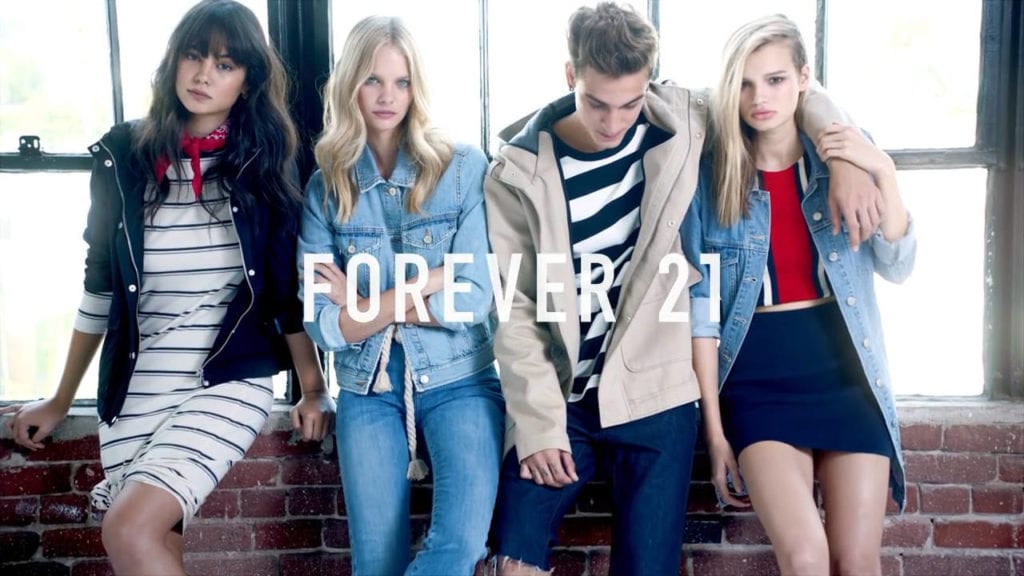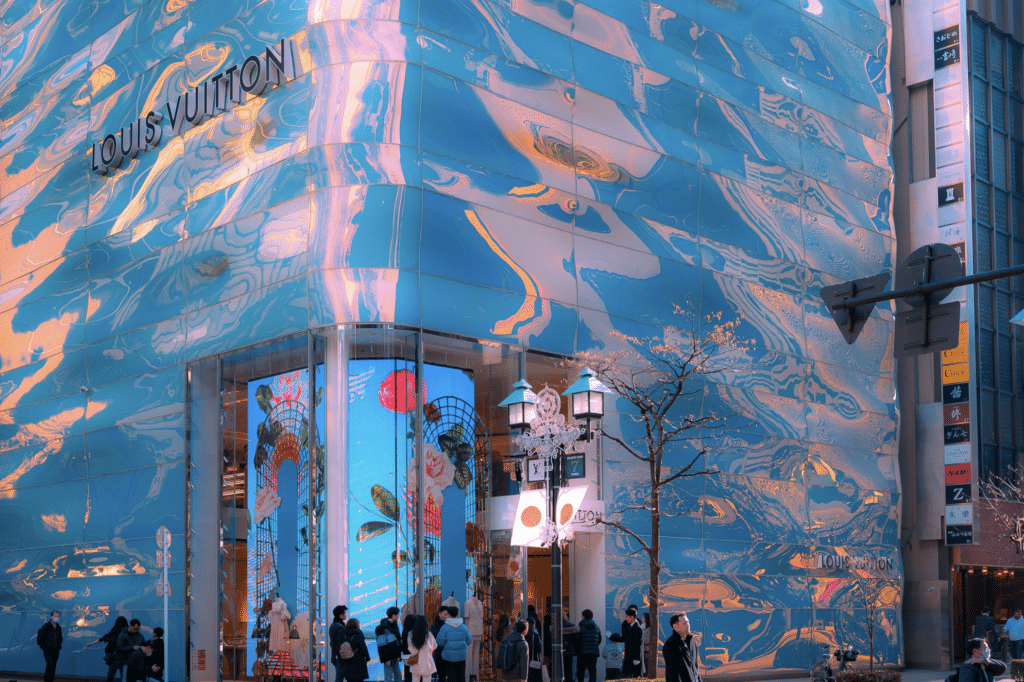After months of growing speculation, Forever 21 filed for Chapter 11 bankruptcy protection on Sunday. The 35-year old retailer – which helped pioneer the early wave of fast fashion, bringing trendy, runway-inspired garments and accessories to consumers for cheap – said “the restructuring will allow it to focus on the profitable core part of its operations,” while closing to 178 of its 800 existing outposts, including some across the U.S. and most of its stores in Asia and Europe, according to Reuters.
In its filing with a bankruptcy court in Delaware, the Los Angeles-based retailer revealed that both its assets and liabilities are in the range of $1 billion to $10 billion. It also reported that it has obtained $275 million in financing from its existing lenders with JPMorgan Chase and $75 million in new capital from TPG Sixth Street Partners, as well as affiliated funds to help it support its operations during the bankruptcy period.
“Forever 21 is the latest retailer to run into trouble amid the ascendancy of online shopping that has cut foot traffic to malls and brick-and-mortar stores. High debt levels and rent costs have also burdened traditional retailer,” CNN stated on Sunday. Another commonly cited factor for Forever 21’s fall? Sustainable fashion, which CNBC notes, “has caught on with the younger generation, who put increased focus on the impact of the clothes they buy on the environment.”
That is not the entire picture, though. While Forever 21 has long been known for “perfecting the fast-fashion model,” per CNN, it has swiftly fallen behind a handful of newer online fast fashion retailers. Manchester, UK-headquartered Boohoo, for instance, recently revealed that its sales growth is set to exceed what it had previously forecast for the year. The 13-year old company – which is known for “always bringing something new with over 100 new products dropping on the daily, bringing you the latest looks for less,” according to its website – said that its annual revenue is growing at a rate closer to between 33 percent and 38 percent, instead of the anticipated 25 percent to 30 percent figures it cited earlier this year, per Reuters.
Meanwhile, on the heels of “skyrocketing revenues” in recent years, fellow British brand Missguided – which recently announced that a collaboration with Sofia Richie will be added to its roster of partnerships with the likes of Cardi B, Youtube star Jordan Lipscombe, and “Kylie Jenner’s BFF” Stassi Karanikolaou – pointed to rising sales early this year. For the year ending April 1, 2018, the decade-old fast fashion retailer reported a rise in revenues to 215.9 million pounds ($266.8 million) compared to 205.8 million pounds ($254.3) for the year prior.
The rise and success of entities like Boohoo is significant as it shows that despite increased attention to the social and environmental hazards that come with the fast fashion model and a rise in cause-conscious consumers, sluggish growth by the former fast fashion pioneers – from Forever 21 and H&M to Topshop and Primark – is not merely representative of a movement away from fast fashion altogether, as some have suggested. Instead, it is more likely the result of consumers simply spending their fast fashion-specific dollars elsewhere.
As an array of low-cost, trend-driven competitors have entered the market in recent years, particularly in the form of digital natives that are significantly more apt at giving teens and young adults what they want in terms of the garments, themselves, but also when it comes to frequency of new merchandise and broader ranges in sizing, these newer names have “enjoyed huge growth by targeting young shoppers,” as the Guardian asserted this spring.
These millennial and Gen-Z consumers “prefer to buy clothes on their phone and increasingly take their fashion advice from social media influencers and celebrities, not Vogue,” which has enabled newer names to set themselves apart from older entities like Forever 21.











